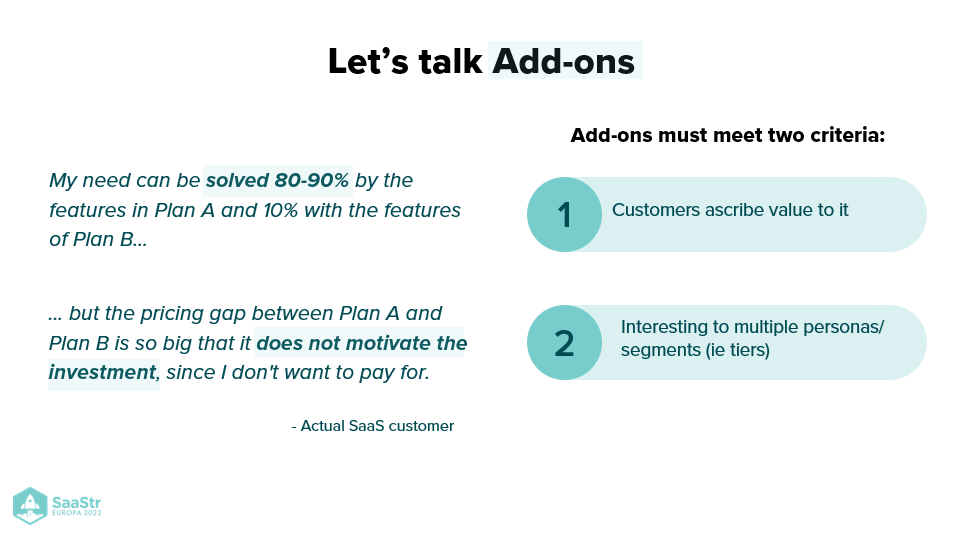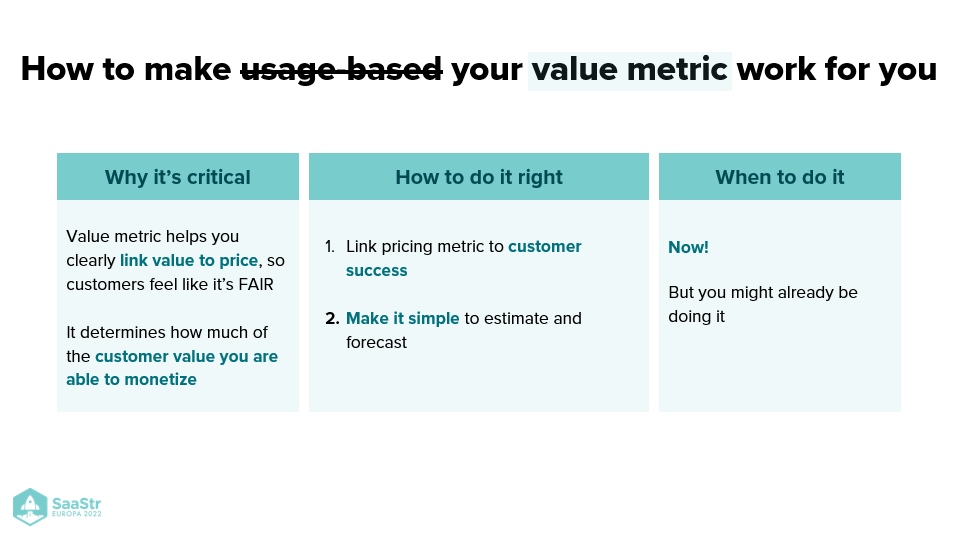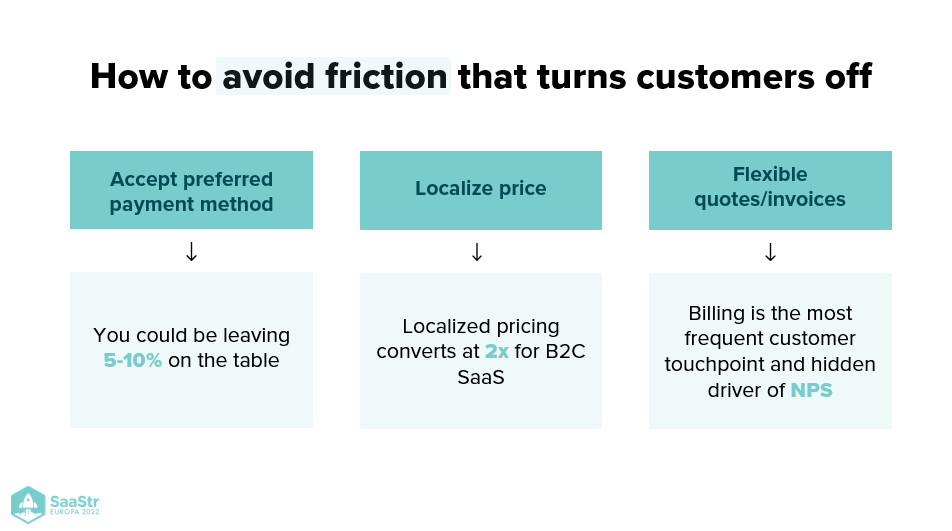SaaS pricing can be overwhelming when there are unlimited paths and opportunities that exist. Even though most companies acknowledge its importance, SaaS founders often choose a simplistic approach to pricing—that is, if they don’t choose to ignore it altogether. Many perceive pricing to be complicated and intimidating, but it doesn’t have to be.
How can you make sound pricing decisions that work for your business without feeling overwhelmed?
FastSpring’s VP Product, Strategy, and General Manager of IQ, Kurt Smith, explores evidence-based principles to help SaaS companies avoid common pricing mistakes without getting lost in analysis and data.
You can see all Kurt’s slides here.
Making pricing work for your business

Pricing is generally considered one of the most impactful drivers of business growth. Yet, most SaaS companies spend very little time on pricing decision-making. A study by Profitwell, for instance, showed that over the lifetime of a business, an average of six hours of pricing research takes place internally.
“Pricing is the most routinely under-optimized lever in SaaS.”
SaaS companies generally sell products with very low marginal costs, which makes pricing opportunities almost limitless. This is one of the unique benefits to selling SaaS, so make it work for you.
There are a variety of pricing strategies that can help you drive growth in your company, one being the tier pricing model. This model entails offering your customers three tiered service packages—the good, the better, and the best.
The reason tier pricing works well for SaaS businesses is because it allows them to target a specific needs-based segment. When approaching tier pricing, map your tiers to your market personas. In order to do that, you must first do a needs-based analysis.

You may also choose to give your customer the option to customize their packaging based on which features they need. This is often called “add-on pricing.”
Add-ons must meet two criteria:
- Customers must ascribe value to the add-on. Customers must understand that there is a business value in that specific feature they can add-on. If it’s simply a commodity, it should not be sold as an add-on.
- Add-ons should be compelling to multiple personas. If you design your tiers targeting a specific persona or user segment, and the feature can apply in different cases across those tiers, then you should charge it as an add-on.

Using value metrics to optimize pricing
Before looking at all the different pricing models, you must measure your value metric. Knowing your value metric can help determine how much of the customer value you can monetize. It can also help your prospects and customers link value to your price so they feel like the price is fair.
How can you define your value metric in an optimal way?
First, link your value metric to customer success. The notion of value must always be defined in terms of your customer success—the outcomes your customers want to generate from using your product.
Make your value metric easy to understand, estimate, and forecast. If you are pricing off a value metric that fluctuates wildly, you can’t expect your customers to budget and forecast.
“Your value metric is the single most important decision of your pricing model.”
If your customers are finding it hard to link the value they get from your product to how much they are paying for it, then it might be time for you to revisit your pricing strategy.

Testing your pricing
Regardless of what approach you choose, the best way to monetize to your fullest potential is by repeatedly testing your pricing. This is what the top SaaS companies are already doing, with the majority running a small test at least every quarter.
When you explore pricing, start by asking yourself what would happen if you increased your price by 10%, 30%, or even 50%. Explore and test such scenarios with your team. By doing this, you will gain a better understanding of the pricing elasticity in your market and how compelling your product-market fit is.
“The best path to pricing excellence is repeated testing.”
Companies of different sizes and across different sectors are raising prices. This should compel you to be bolder than you think you should be. Customers understand pricing increases are necessary from time to time.
Many SaaS companies underestimate their customers’ willingness to pay (WTP). There is a strong bias to be risk-averse, as businesses don’t want to disappoint their sales team and customers by raising the price. But, in times of inflation, it’s essential to revisit your pricing. Here are a few things to consider:
- Make sure you regularly assess your customers’ WTP by performing live tests by geography, industry, or whatever segmentation makes sense to your business.
- If inflation-based increases are built into your contracts, ensure these are being upheld.
- Consider pricing positioning for specific verticals. Think about your value metric and how it can be linked in a clear way to an inflation metric. For instance, can you price on a percentage of revenue?

Key Takeaways
SaaS gives you freedom in how you choose to do your pricing and packaging. Use this to your advantage to further your business goals.
Pricing is about fairness. It’s an exchange of value. Essentially, your job when designing a pricing model is to ensure that the value and price relationship are on par.
Finally, ask yourself the right questions and test them one at a time. SaaS markets are not static, they are constantly developing and evolving. Pricing and packaging models, too, must continually evolve.

